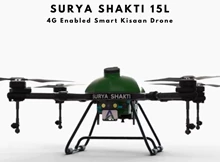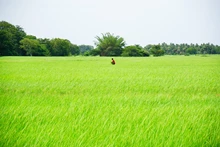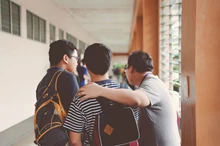
Researchers at the India Institute of Technology (IIT), Guwahati, have done an in-depth scientific field research on Eri and Muga silk from the perspective of design management. Their final report has been accepted by the consultants of World Bank. This is the first ever report been made in the silk sector.
The report is titled: “Diagnostic Study on Weaver’s Need in Respect of Eri and Muga Silk.”
Significance of the research
The research is expected to play a crucial role in charting out a development strategy in the silk sector. The research team has extensive field-level data. This will help the team gather and exhibit insightful interpretations.
The good news is that the Assam Rural Infrastructure and Agricultural Services Society (ARIAS), Government of Assam, is eager to implement the development strategies proposed in the IIT report. The project is aimed towards Assam’s socio-economic development and displays a strategic contribution of IIT’s Department of Design in Guwahati.
Research team
The research study was done by:
-
Pratul Ch. Kalita, Associate Professor, Department of Design, IIT Guwahati
-
Amarendra Kumar Das, Department of Design, IIT Guwahati
In the words of Dr. Pratul Ch. Kalita, “It is a very detailed study on Eri and Muga silk under the aegis of World Bank-financed Assam Agribusiness and Rural Transformation Project (APART). The project primarily focuses on the study of the existing Design Value Chain of Eri and Muga Silk in Assam, starting from weaving (supply-side – value creation) to marketing (demand-side – value delivery), and formulation of Design Management Strategy to align demand and supply.”
About the study
The study involved a survey comprising 1282 weavers. There was a structured questionnaire designed for sellers, weavers, dyers, cluster level designers, and yarn suppliers. Districts included were Jorhat, Majuli, Sonitpur, Lakhimpur, Kamrup, Biswanath, and Charaideu.
A semi-automatic loom is proposed in the study. In this regard, Dr. Amarendra Kumar Das said, “The newly designed semi-automatic loom is expected to significantly improve productivity and quality of weaving.”
Strategic design management for silk
Dr. Pratul identified 3 design interventions for aligning demand and supply of Design Value Chain of both Eri and Muga silk. The report features detailed plans and an elaboration about the B2B (Business to Business) Model of System Design Solution and how it is expected to streamline the whole value chain system of Eri and Muga silk. Currently, the system is unstructured.
The researchers also found out the skill level of weavers on different looms, machinery, and other related equipment. The report also proposes a detailed methodical approach for development and upgradation of skill, plus a structured technique that assesses the effectiveness of training.
One noteworthy thing is that both researchers, Dr. Pratul and Dr. Amarendra, had been the consultants to Sivasagar Mega Handloom Cluster from 2016 to 2019 with regard to design, technology, and management.












